Les techniques de génie végétal
Différentes techniques de génie végétal peuvent être mises en place, en fonction du site, des travaux concernés, des contraintes observées, des enjeux économiques...
Les techniques de génie végétal pures
Seeding
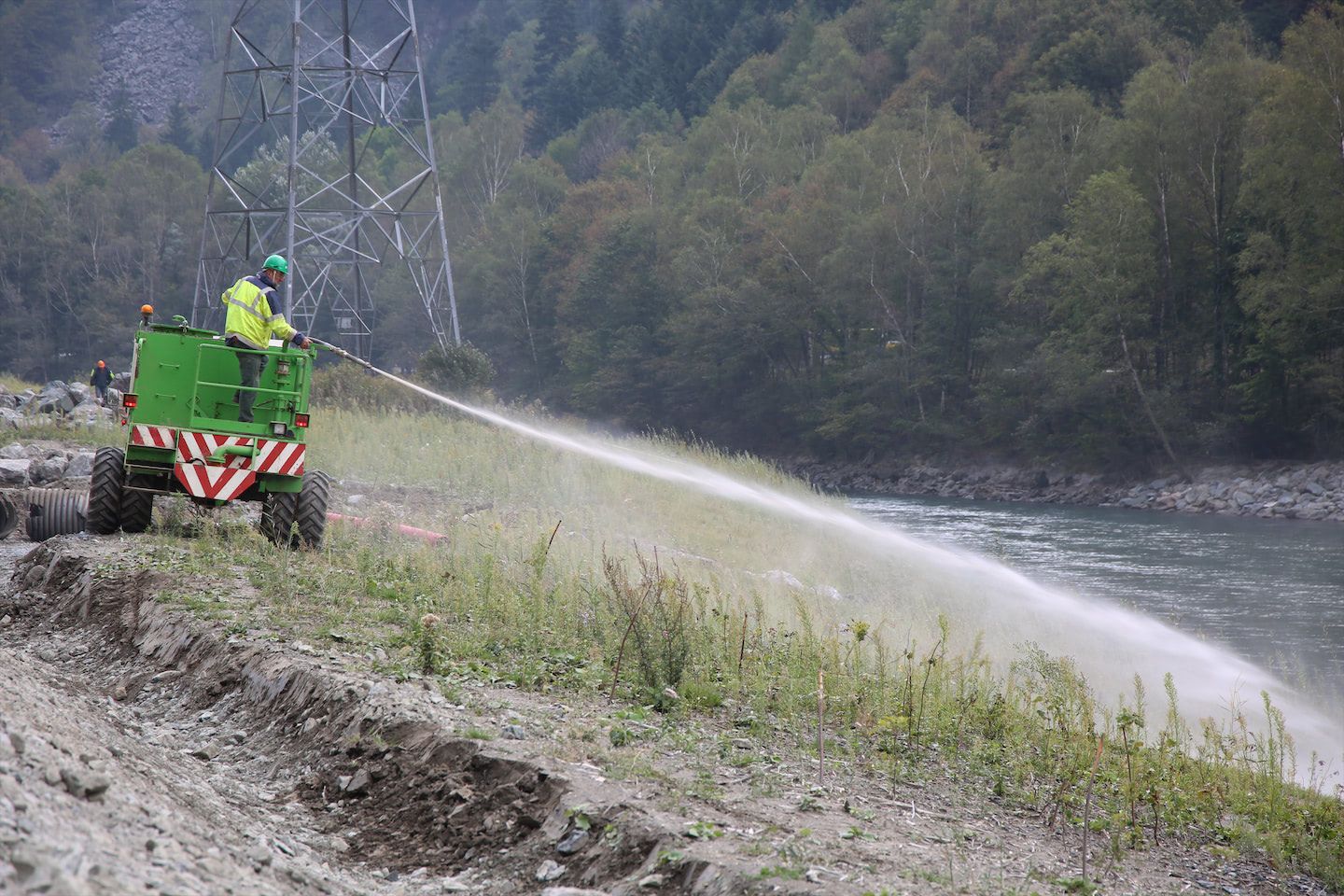
L’ensemencement consiste à répandre sur le sol des graines de diverses espèces herbacées, à la main ou par ensemencement hydraulique.
Géotextiles biodégradables
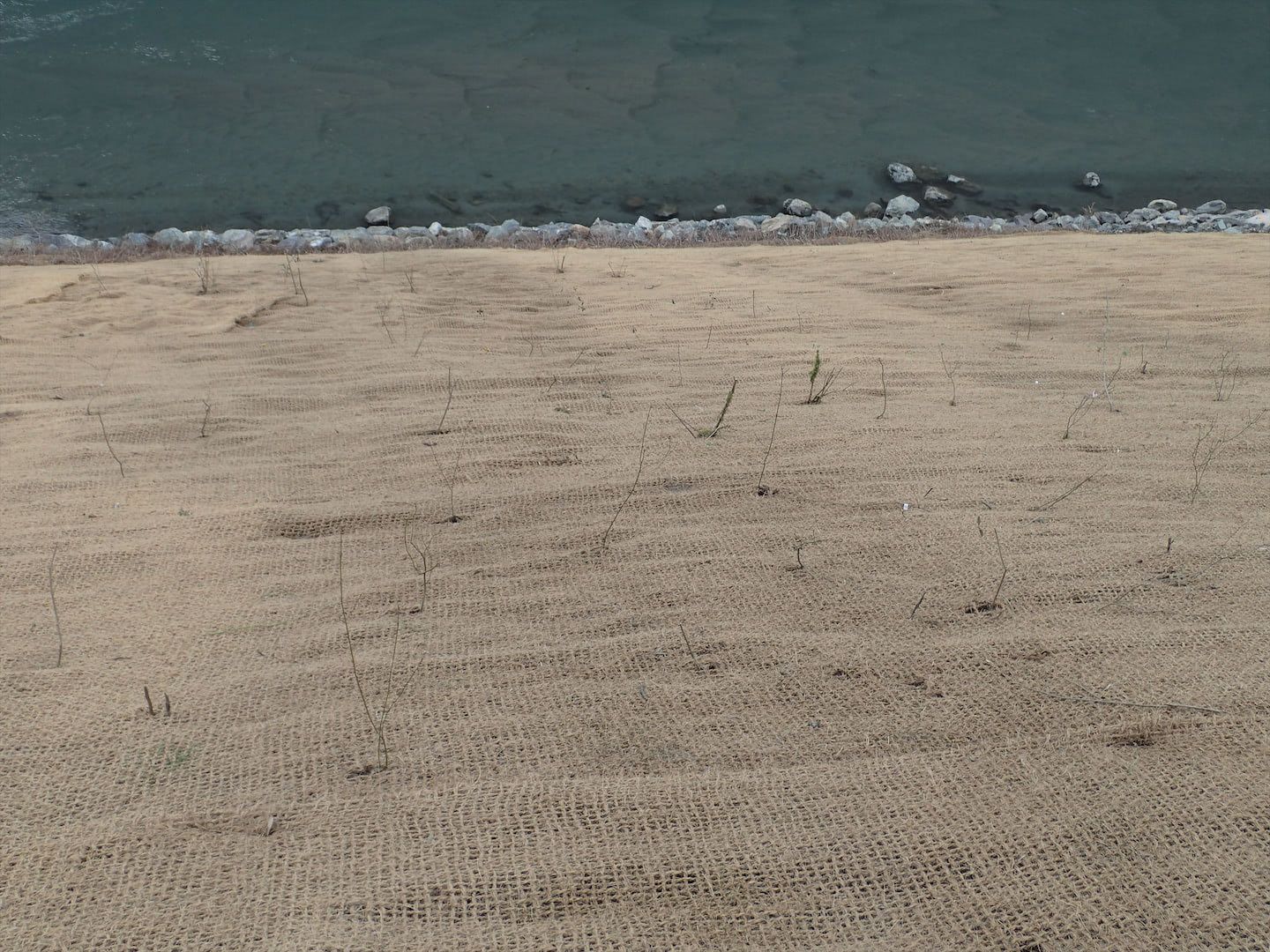
Les géotextiles sont des nattes constituées de fibres naturelles. Ils ont pour principales fonctions d’éviter les risques d’érosion superficielle des sols avant la reprise des végétaux implantés, de changer les conditions micro-climatiques (température, humidité) et de protéger les graines du ruissellement ou de la montée des eaux.
Il existe des géotextiles aux caractéristiques techniques très différentes (matière, tissage, grammage etc.) qu’on utilisera différemment en fonction des contraintes du milieu et des résultats attendus.
Plantation d'hélophytes
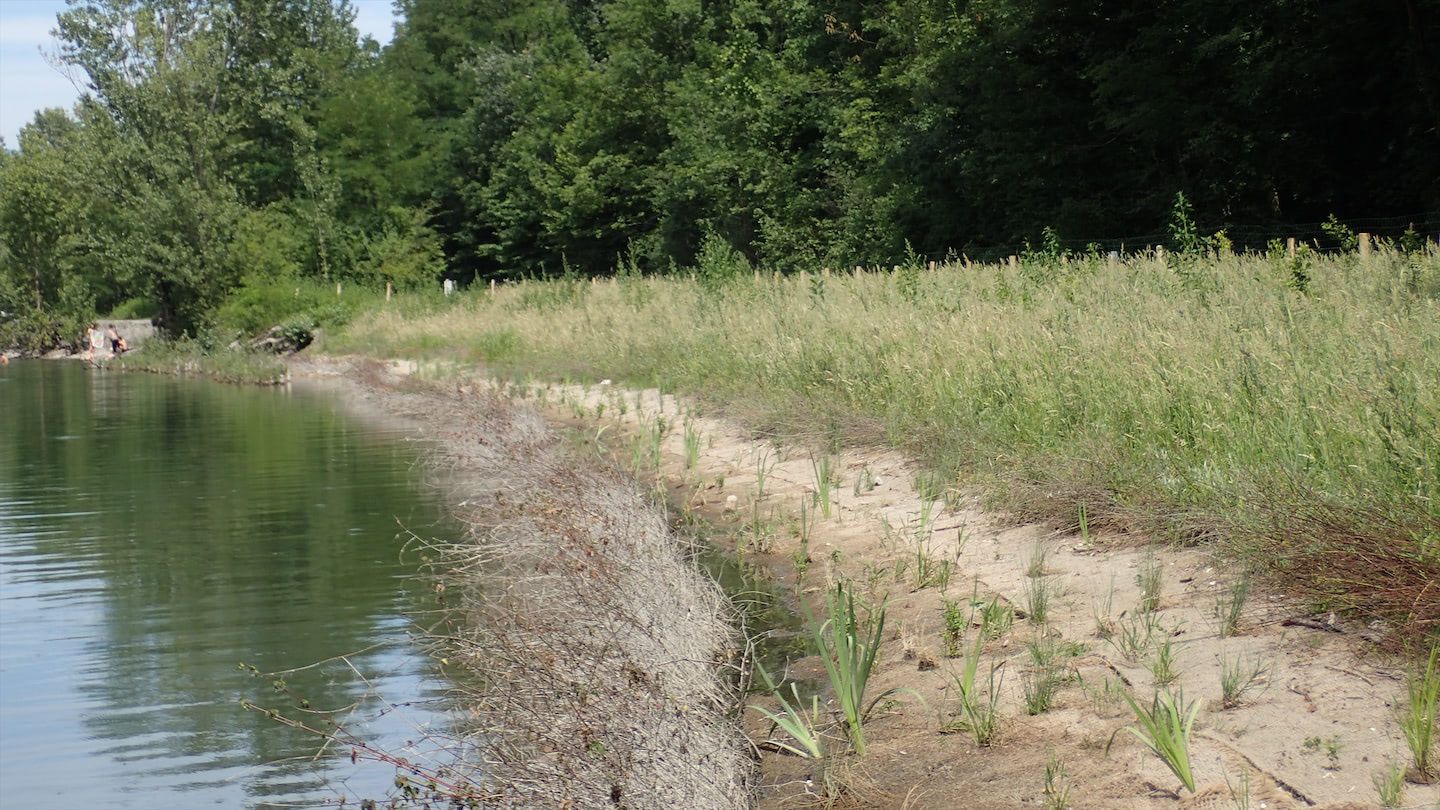
La plantation d’hélophytes consiste à mettre en terre des plantes herbacées typiques des milieux humides, à fort pouvoir de multiplication végétative, sous la forme de mottes prélevées en milieu naturel ou provenant de pépinières locales.
Planting woody plants

La plantation de ligneux consiste à mettre en terre des essences ligneuses, sous la forme de jeunes plants, baliveaux légers et/ou arbres tiges. En pied de berge, on utilisera des espèces typiques des milieux ripicoles.
Brush matting
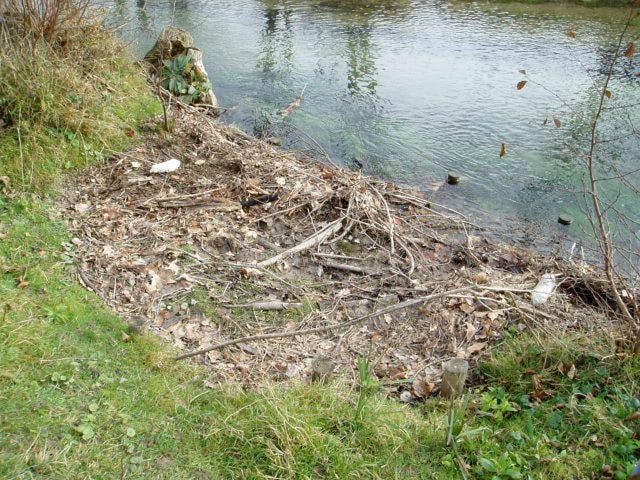
Un peigne végétal est un ouvrage vivant constitué d’un amas de branches et ramilles enchevêtrées en mélange avec des matériaux gravelo-terreux, et fixés avec des pieux et du fil de fer.
Cutting
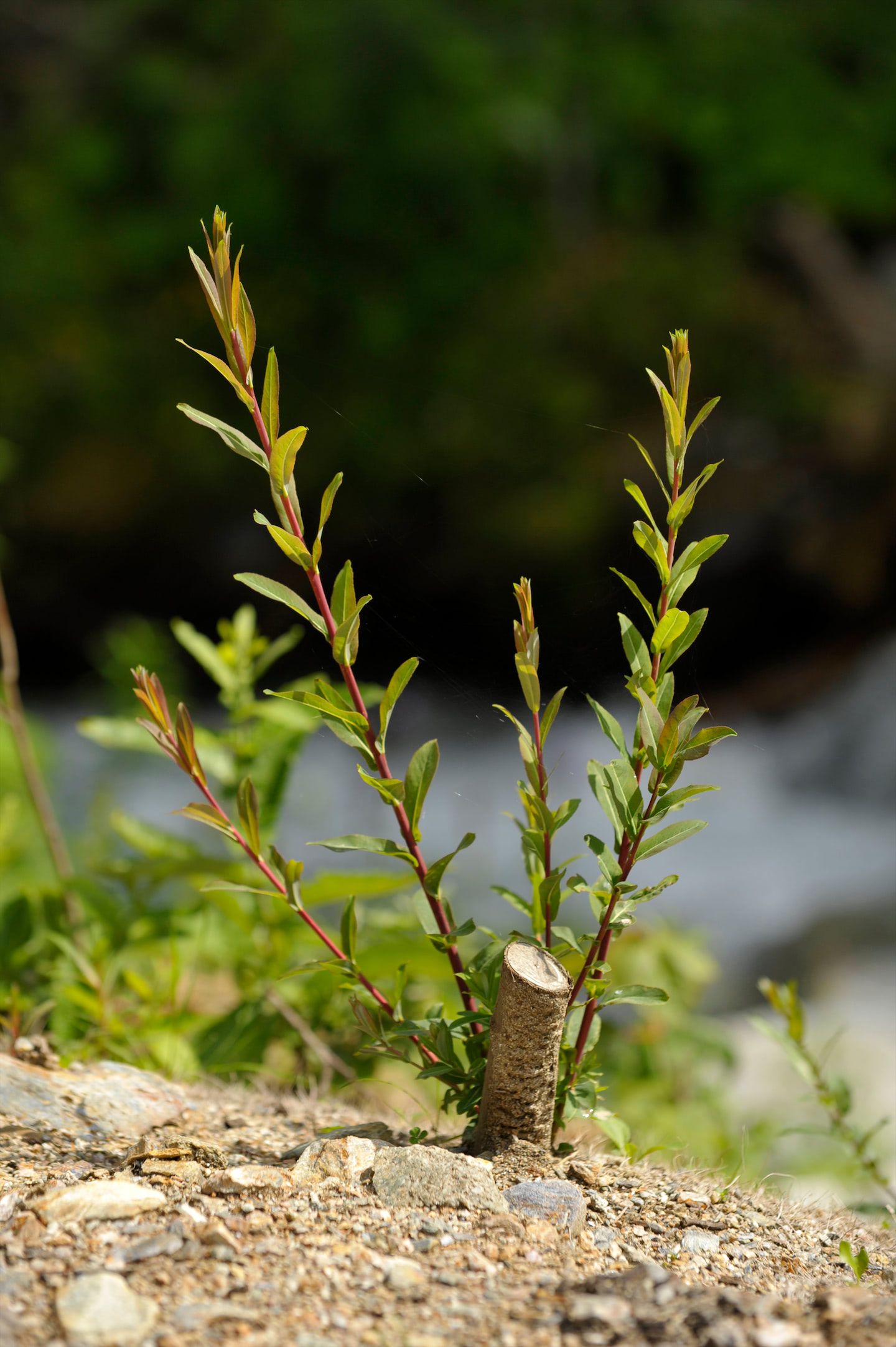
Une bouture est un segment de branche d’espèce ligneuse ou semi-ligneuse ayant une forte capacité de rejet. De chaque bouture naît un nouvel arbre ou arbuste, au même patrimoine génétique que le plant mère.
Fascine d’hélophytes
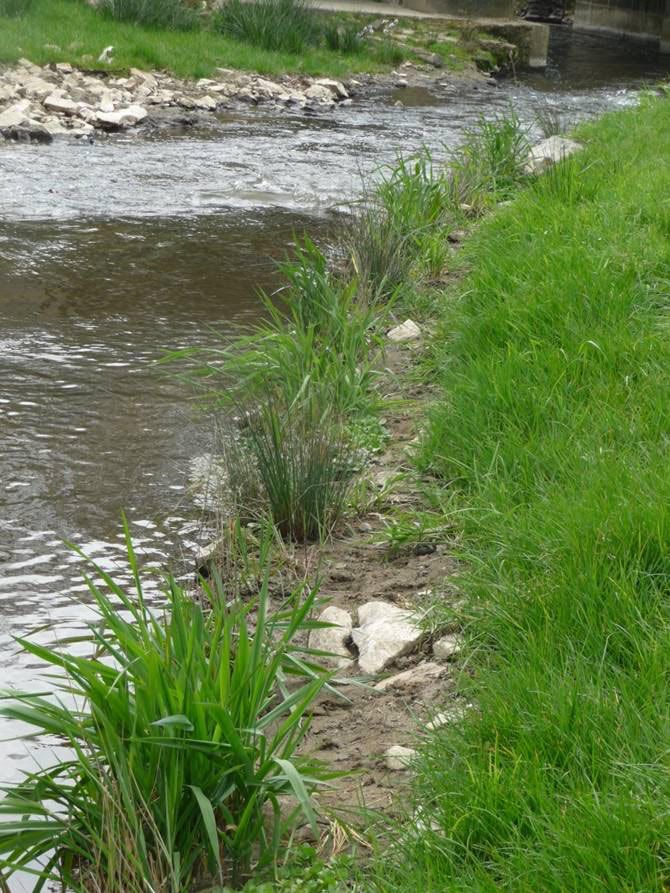
La fascine d’hélophytes est un ouvrage de protection / végétalisation de pied de berge, réalisée via la confection d’un boudin géotextile biodégradable lesté de matériaux terreux, végétalisé de mottes d’essences d’hélophytes et maintenu au substrat par une rangée de pieux.
Fascine
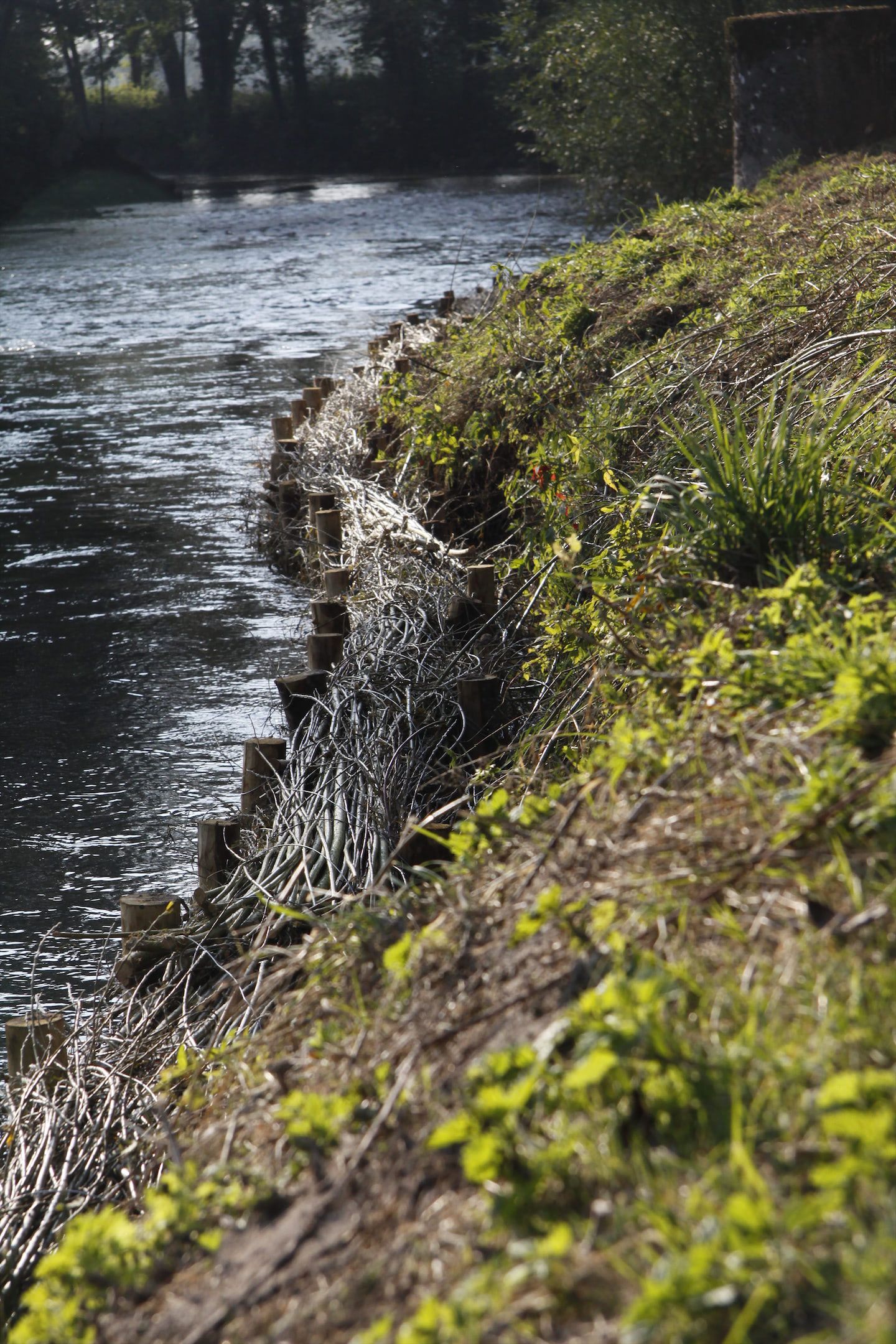
La fascine est une technique de protection de pied de berge réalisée par la mise en place de branches vivantes capables de reprendre, en alternance avec des matériaux terreux compactés, entre deux rangées de pieux.
Draining Fascines
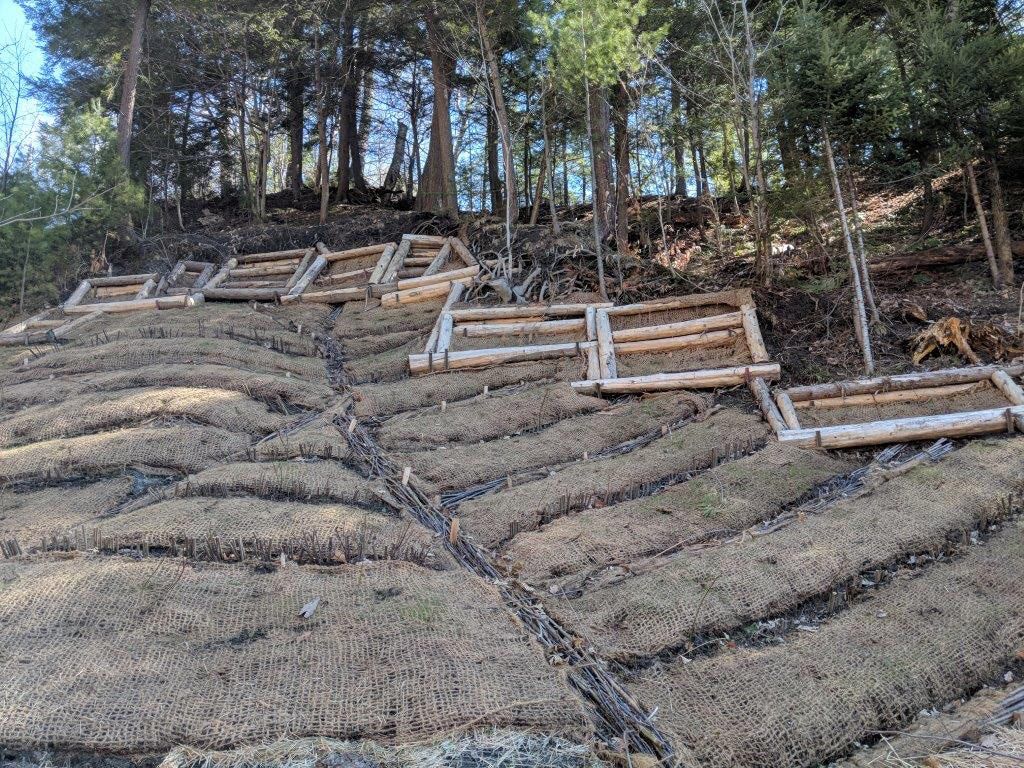
Fascines enfoncées dans des tranchées, et disposées dans la pente comme un réseau de drainage.
Braiding
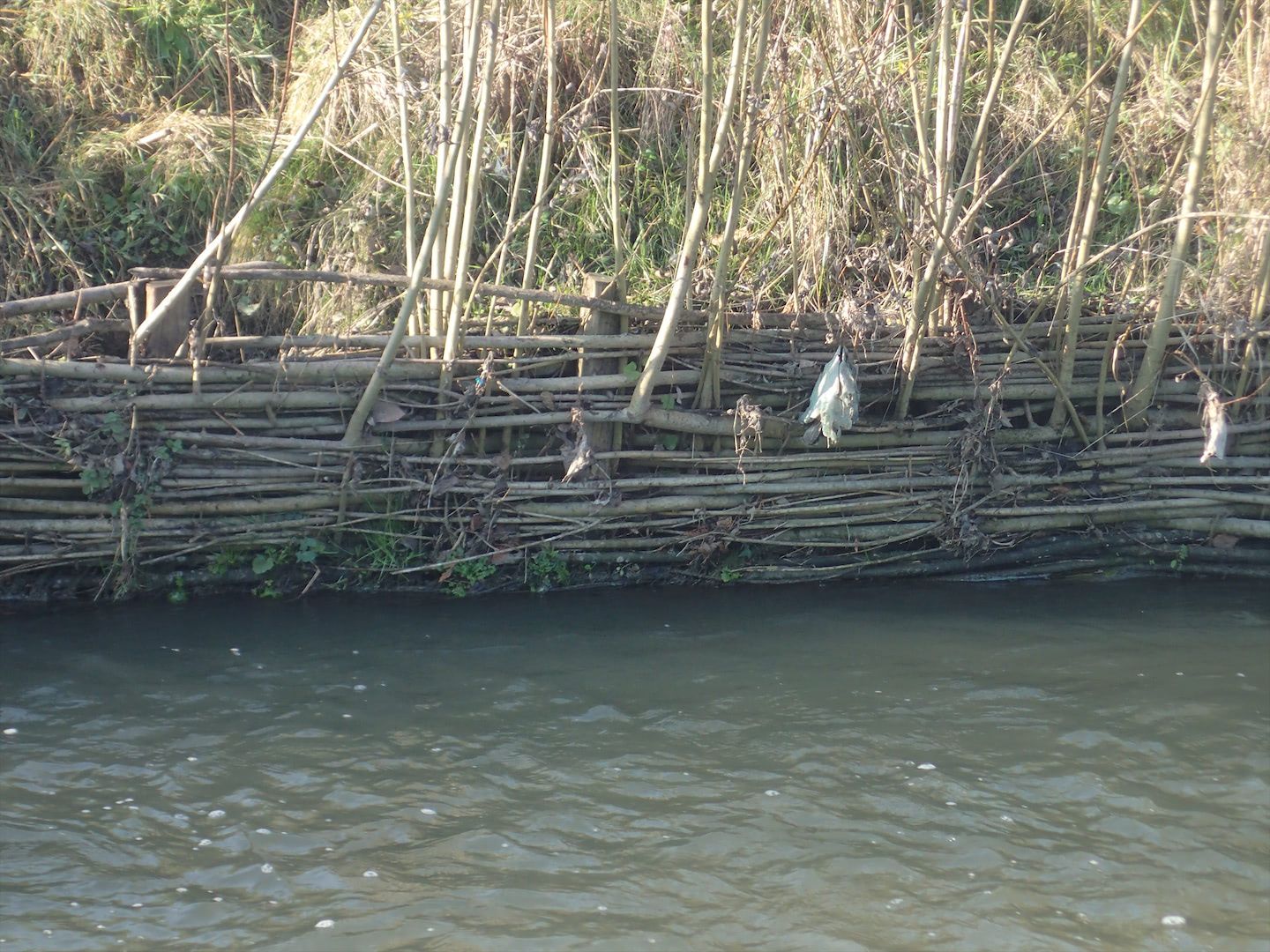
Le tressage est une protection de pied de berge réalisée avec des branches vivantes, entrelacées autour de pieux.
Couches de branches à rejets
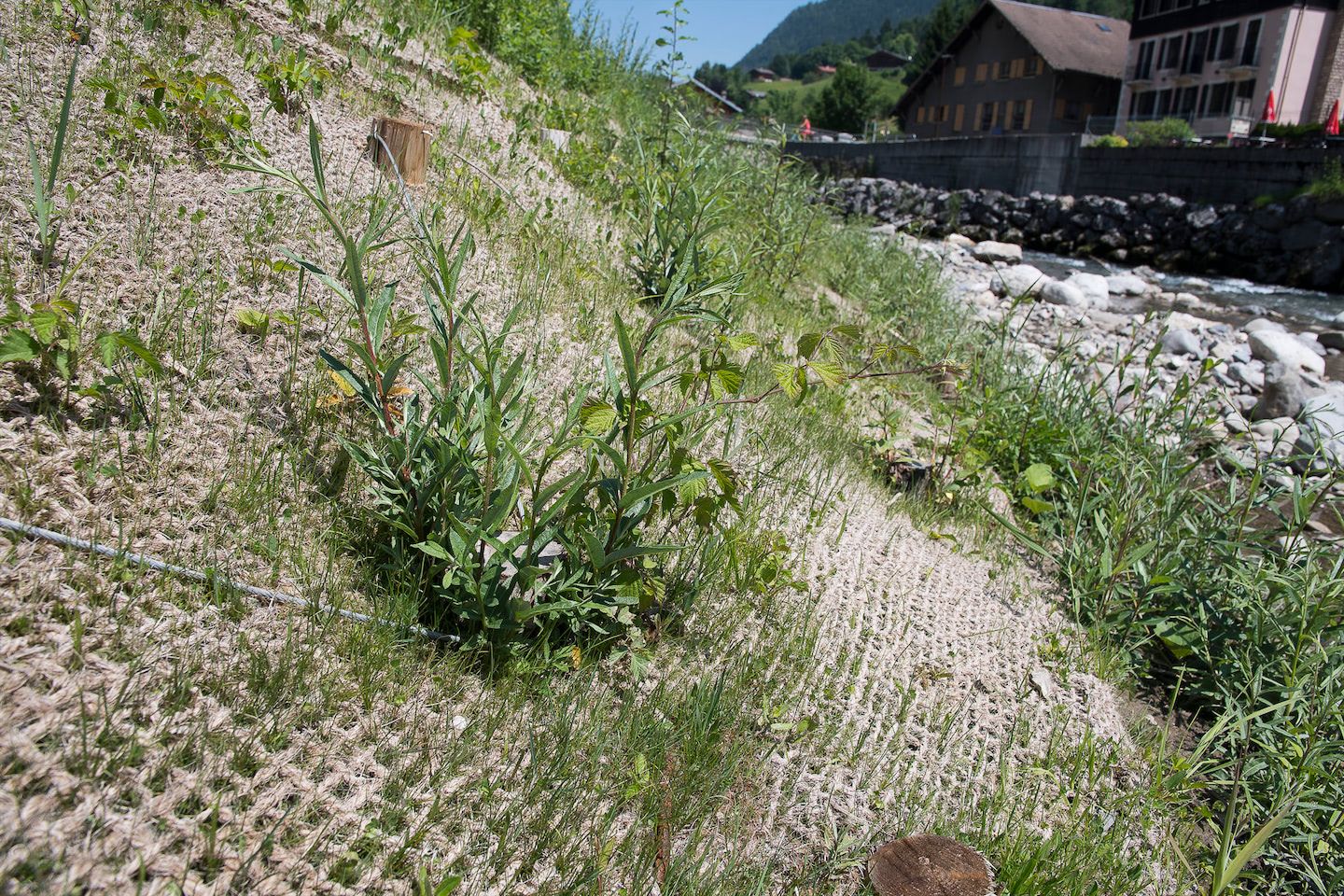
Les couches de branche à rejets constituent une technique de végétalisation ou un ouvrage de protection de talus par application et fixation au sol de végétaux ligneux vivants susceptibles de reprise et de croissance immédiate.
Lits de plants et plançons
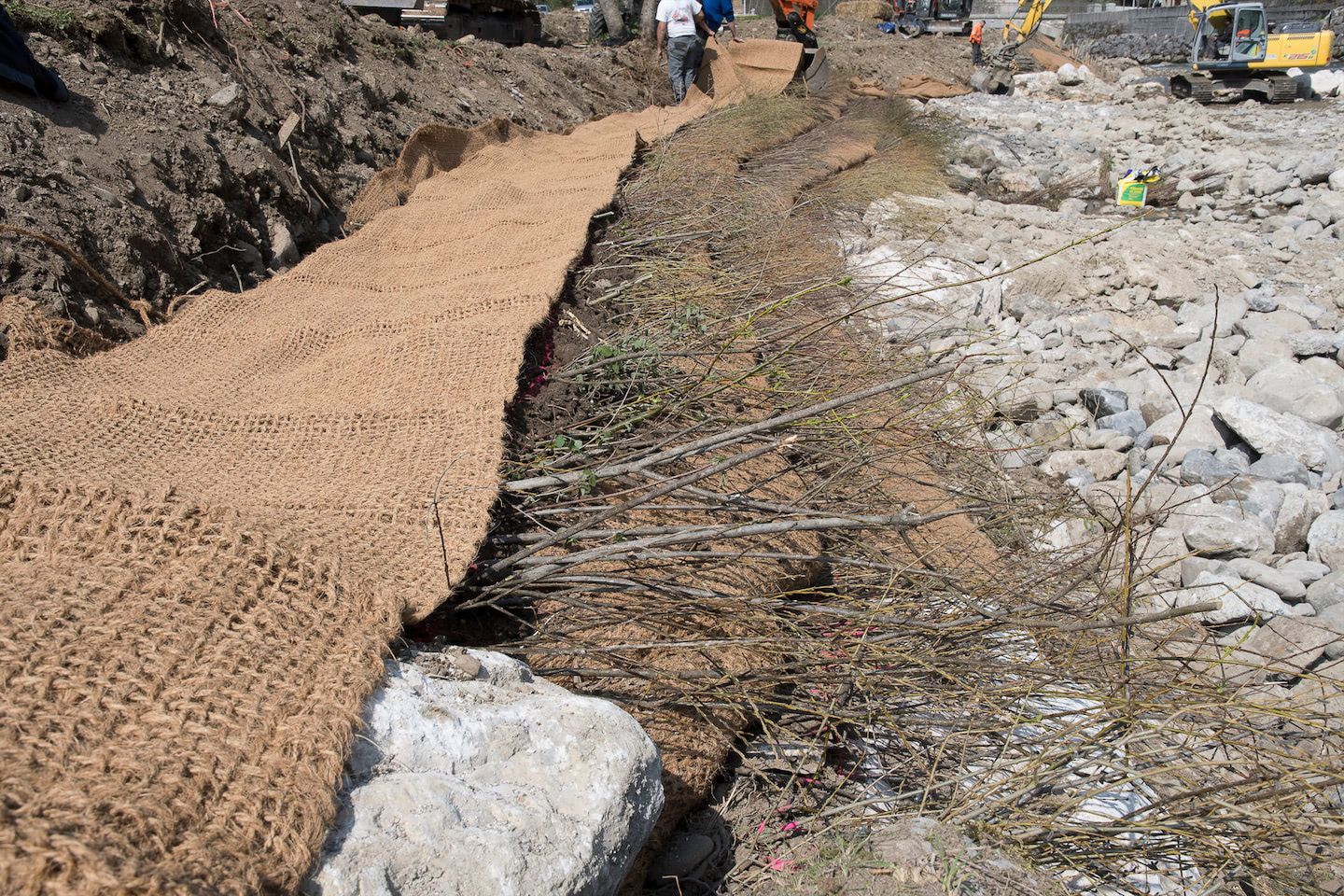
Les lits de plants et plançons s’apparentent à la mise en œuvre de plants racinés et ramilles côte à côte au sein de saignées longitudinales créées dans un talus.
Caisson végétalisé
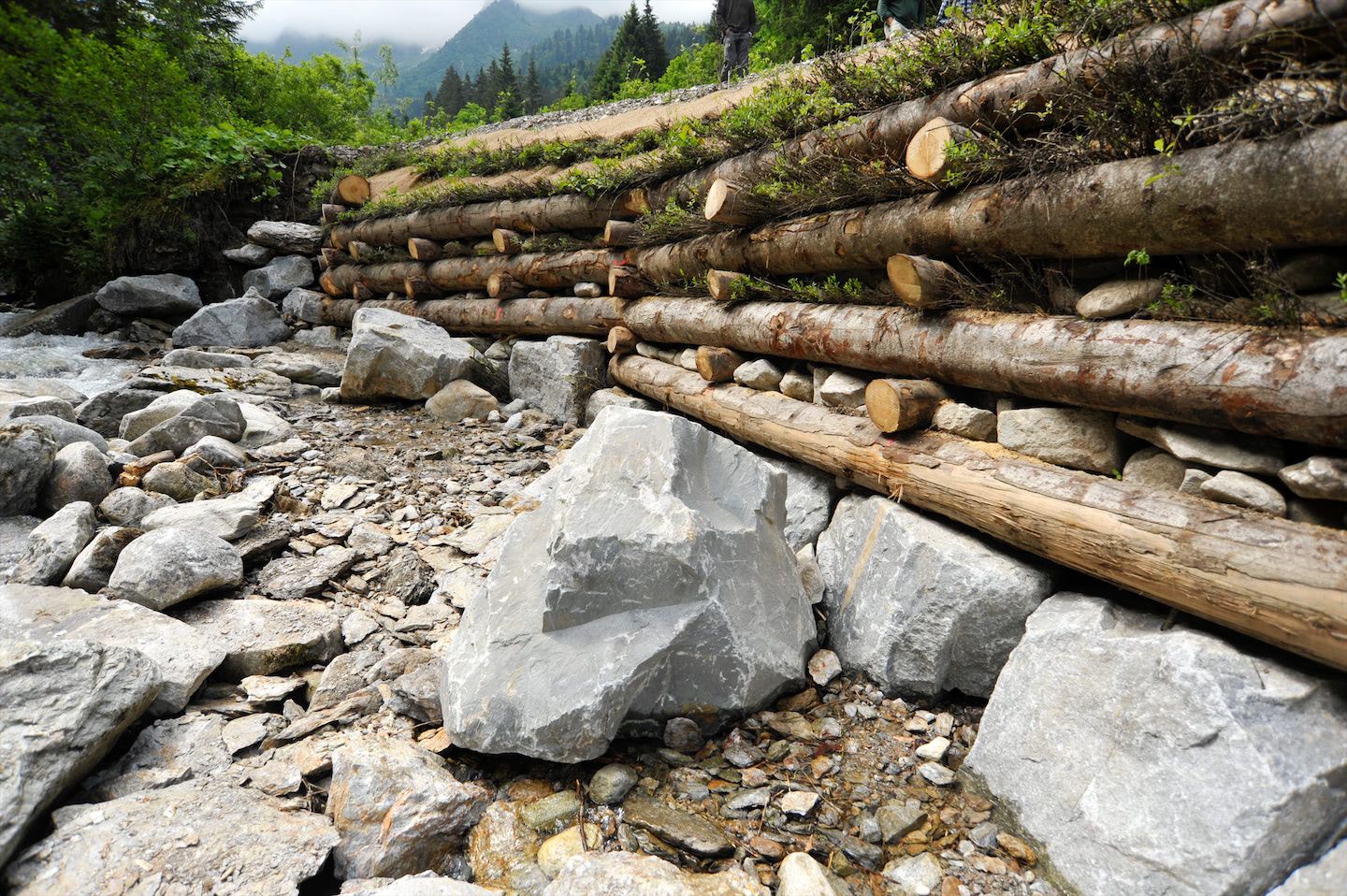
Structure en rondins remplie de terre et comprenant des végétaux vivants (boutures, plants, plançons)
Wooden trellis
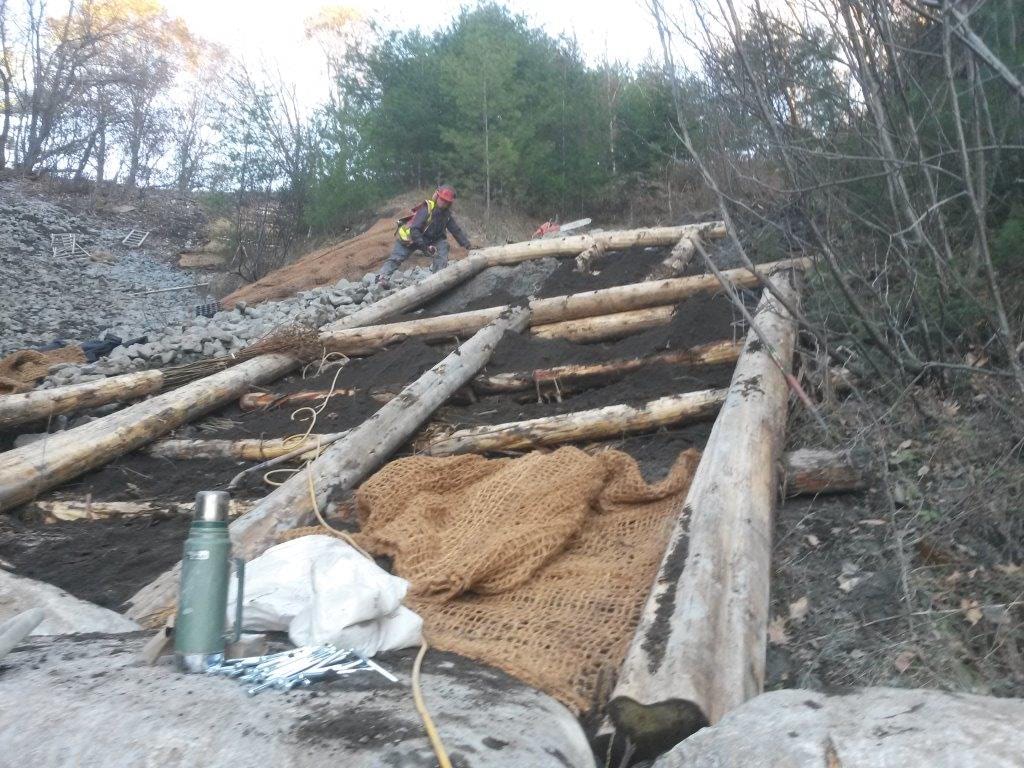
Log surface structure made to retain the soil on steep gradients.
Mixed techniques

Les techniques mixtes empruntent des savoir-faire aux deux domaines du génie civil et du génie végétal.
Elles associent souvent des enrochements en pied de berge et des techniques végétales en haut de berge.
Main source of explanatory texts: Biotec www.biotec.fr